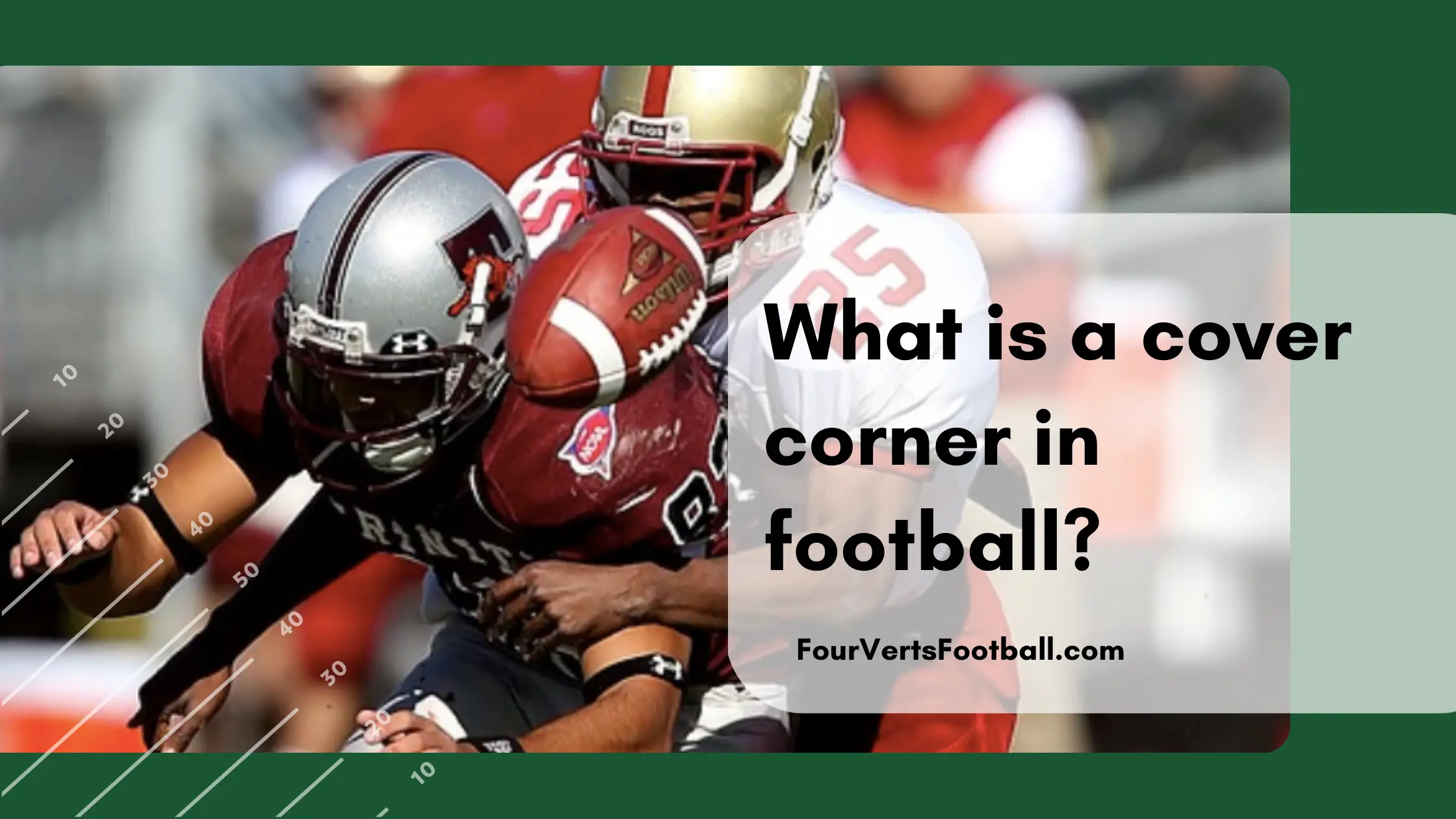A cover corner in football is a type of cornerback that is especially proficient in pass coverage. This type of corner often shadows the number one receiver.
Cover corners also often operate with little to no help. This ability to cover receivers so effectively can allow their defense to use fewer defenders in pass coverage.
Cover corners also do not tend to be known for their tackling abilities. Though the majority of corners can tackle at an adequate level it is their coverage abilities that set them apart from the crowd.
Key Traits Of A Cover Corner
Now that we know what a cover corner is let’s break down the key features that make these cover corners great.
Agility
One of the most important aspects of being a cover corner is having great agility. In order to keep up with wide receivers making hard cuts, a cornerback needs to be able to rotate his hips.
This agility of flipping your hips is incredibly important. This is why you will often hear announcers describing cornerbacks hips as fluid.
Receivers are some of the most agile players in the game and in order to keep up with them, agility is needed.
Remember often times cover corners play one on one coverage with no help so staying stride for stride with their man is expected.
Speed
Speed is another necessary trait to be a cover corner. Wide receivers are usually the fastest players on the football field meaning in order to keep up a corner will need a good forty time.
Since most corners utilize a cushion they will not have to match the receivers speed. But a high level of speed that can keep a corner close to their man is necessary.
On top of speed, a good burst is vital for a corner. As or corner you will need to have good acceleration in order to match your receiver out of cuts.
Instincts
One of the most underrated traits of a cover corner is their ability to read plays. By trusting their instincts these cornerbacks are often able to see the play before it happens.
These instincts are developed through playing years of football as well as watching tape on opposing teams.
This not only allows the corner to know a receiver’s cut before he makes it but also creates great opportunities for interceptions.
Size
Size is another important factor in being a quality cover corner. You likely already know that your average corner is not going to be the same height as a receiver but size is still important.
If the opposing team’s number one receiver is 6″4 you are going to need a corner that is at least 5″10 to cover him.
This increased height also tends to benefit the corner in other ways. Taller cornerbacks tend to have longer arms and bigger hands as well. This greatly benefits the cover corner when it comes to breaking up passes and intercepting balls.
That is all on cover corners learn about nickel corners or dime backs to learn more about other cornerback styles.

